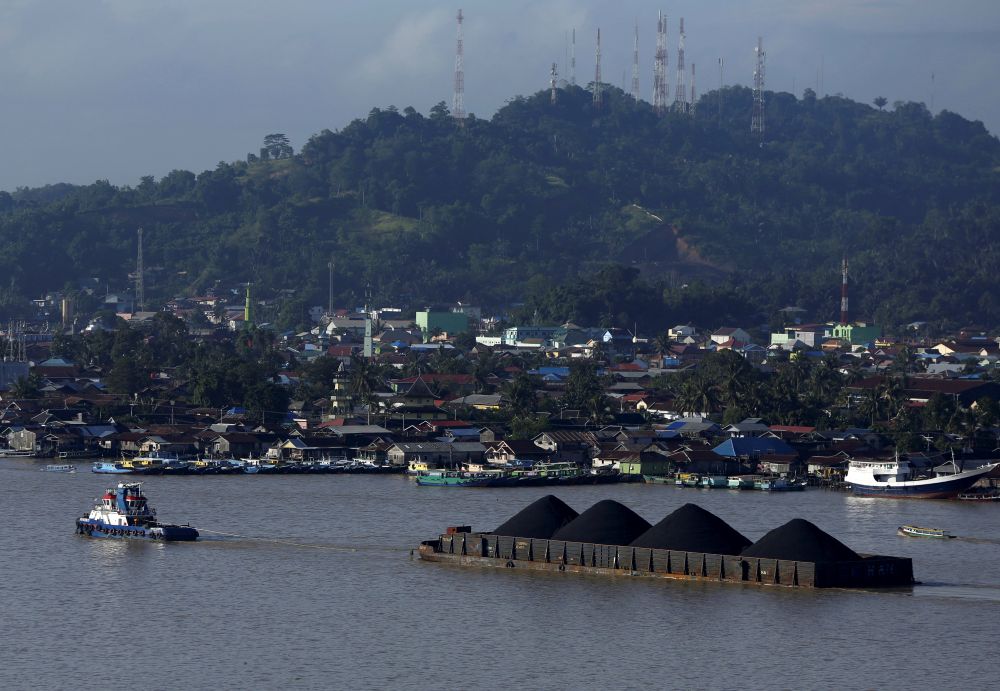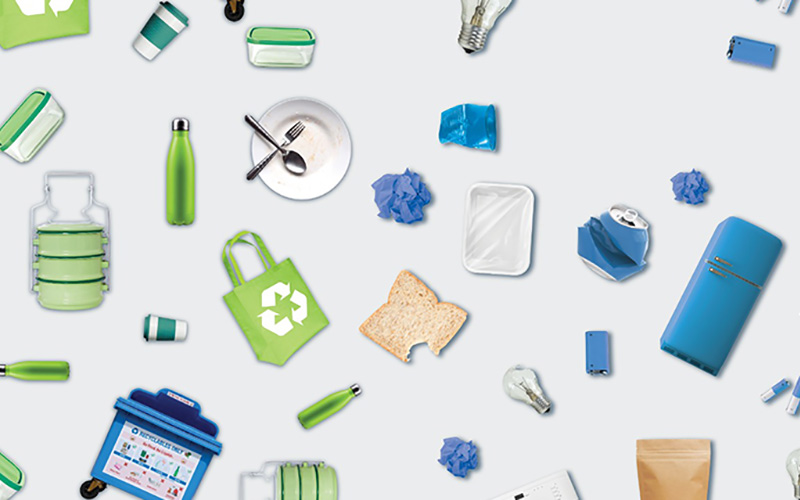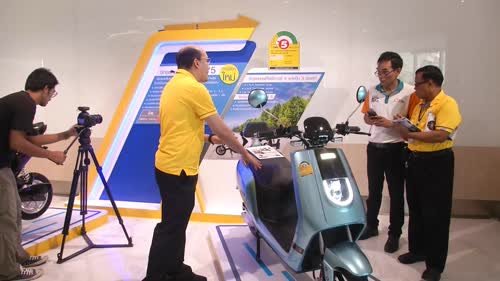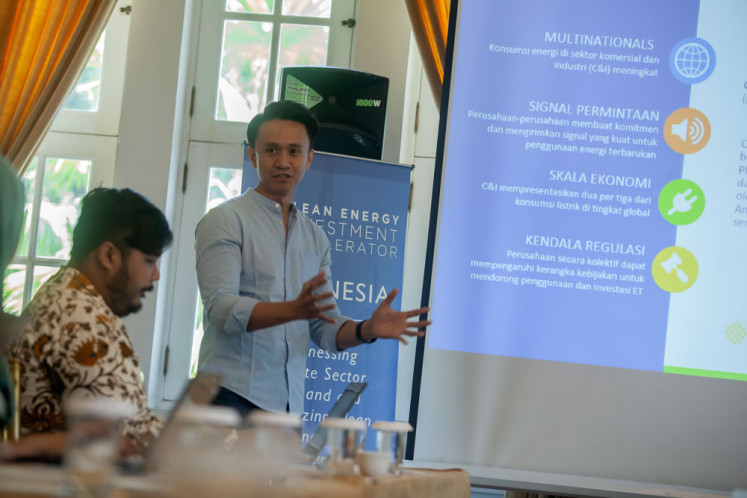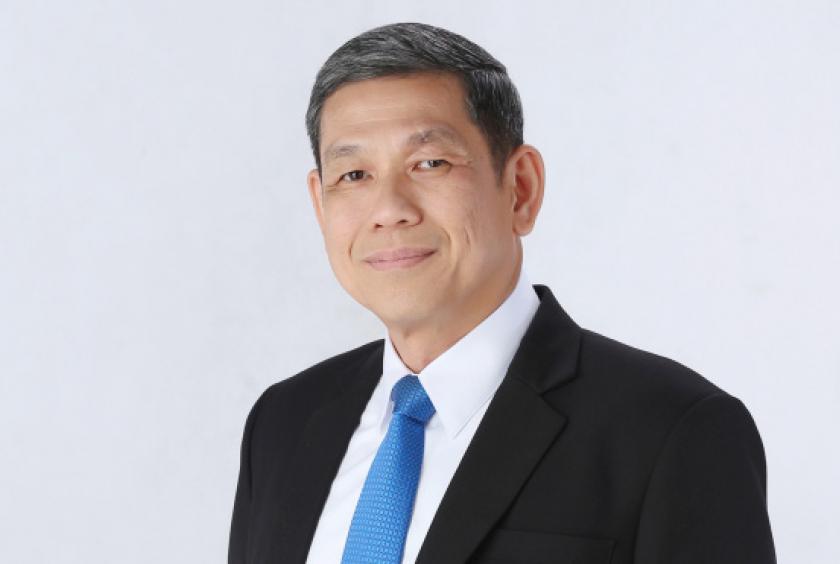- Energy Cooperation
–
- Malaysia
KOTA KINABALU, Sept 1 — Indonesia’s president Joko Widodo or Jokowi, has proposed for East Kalimantan, the richest and most bustling of the five provinces, to replace Jakarta as the country’s new capital.
Given its location, is this a move that can benefit neighbouring East Malaysian states Sabah and Sarawak?
Universiti Malaysia Sarawak economist Rayenda Khresna Brahmana said that in general, the new capital city development will not bring much impact for Malaysia in the short run, and only time can tell how much it can gain in the long term, depending on its growth.
“I don’t think there will be much impact for Malaysia within the next five years. But there is also no need to wait for the new capital city to grow for the spillover effect. As long as Kalimantan is developing within these five years, there will be a huge impact for Malaysia.
“But I am quite pessimistic because Kalimantan is lacking in infrastructure and human capital,” he said.
Indonesia’s Kalimantan takes up approximately 73 per cent of Borneo island while Sabah and Sarawak take up 26 per cent followed by Brunei’s one per cent.
All of Kalimantan’ provinces are focused on coal and gold mining, plantations and the timber industry which stand to change if the capital moves in, bringing some 1.5 million people of mostly government workers and support industries.
With no connection, trade is stagnant
“East Kalimantan is nearer to Sabah than Sarawak but either way, there are currently no proper highways that connect to Sabah which is a hurdle for trade and other cross border benefits.
“The Pan Borneo and Trans Kalimantan Project are in progress, but plans to connect them are just plans so far. This explains why the trade between Sabah and Sarawak and Kalimantan is not massive and significant,” said Brahmana.
Universiti Malaysia Sabah economist James Alin said that although the move will bring Jokowi some political stability, it was unrealistic to expect major impact on Sabah and Sarawak, with the government expected to take more than five years to bed in.
“East Kalimantan may be close to Sabah, but it is much nearer to West and North Sulawesi separated only by Makassar Strait and Celebes sea. The spillover of growth and development will be felt in Sulawesi rather than here,” said Alin.
Data from 2018 data shows that Indonesia was Sarawak’s second highest export destination among Asean countries with RM1.5 billion total export but trade is usually with Java and other parts of the republic but not with Kalimantan.
In Sabah, Indonesia is the fifth highest export destination consisting of RM1.54 billion but again, not much into Kalimantan.
“So Sarawak’s geographical proximity to West Kalimantan did not translate into higher intra trade between both areas. If distance is important then Brunei should be Sarawak’s number one export destination and import source,” he said, explaining that intra trade between the two countries is unlikely to increase significantly despite the move.
“It is expected that Sabah economy is not going to benefit in any significant way,” said Alin.
Opportunities for the future?
However, Brahmana, a senior lecturer in Unimas’s economics and business faculty, estimated that although there will be no big impact on Malaysia’s economy, Sarawak and Sabah may stand to benefit from the move, if they can solve connectivity woes and attract business and tourism markets.
“There are only two flights to Sarawak from Pontianak, West Kalimantan. No flights from other parts of Kalimantan. No connection to Sabah. Coupled with no highways, this explains why there is no significant trade between this region,” he said.
However, Brahmana said if the connectivity is solved, there were several sectors Sabah and Sarawak could stand to benefit from — clean energy supply, niche tourism, and fast moving consumer goods (FMCG), if they can penetrate the market.
“Sarawak can take advantage of Kalimantan’s heightened demand for energy, in particular clean energy to replace fossil fuels, which the region is known for.
“Jokowi plans to shift the fossil fuel energy to clean energy like Sarawak has in Bakun. So, there is an opportunity for Malaysia, especially Sarawak, to introduce the hydro energy. Instead of pushing and trolling with fossil fuel, Malaysia can offer clean energy,” he said.
In terms of tourism, Brahmana said that trends may shift from Peninsula Malaysia to Sabah and Sarawak.
According to him, there are 3.2 million Indonesia tourists coming to Malaysia, and around 17 per cent of those are going to Sarawak — many for medical tourism. Only around four per cent are going to Sabah, likely because Indonesians can find the same eco attractions in Sabah in their own country.
“With people from Jakarta moving to Kalimantan, the proportion of Indonesians going to Sarawak, Sabah may increase,” he said, explaining that because they are from the same market, it is not an increase in Malaysia’s GDP, but for the two states.
A new niche market that East Malaysia can capitalise on is medical tourism, as most cities in Indonesia, including its big cities, lack medical infrastructure. But this also depends on connectivity.
“People from Jakarta and Surabaya are going to Penang and Malacca. From West Kalimantan, patients seek medical treatment in Kuala Lumpur and Kuching. From other parts of Kalimantan, including East Kalimantan, people usually fly to Kuala Lumpur and Malacca.
“So those who relocate to East Kalimantan may consider getting their medical treatments in Malaysia as it is still cheaper to travel to KL or Kuching rather than Jakarta or Surabaya,” he said.
In terms of modernity and popular culture, Kuching and Kota Kinabalu are ahead of other cities in Borneo, so regional tourism may increase if better connectivity can be established.
“There are no international or popular brands in Pontianak (West Kalimantan) so officers who are transferred to Pontianak may go to Kuching or those in Balikpapan-Samarinda (East Kalimantan) will go to Kuala Lumpur or Jakarta, just for the sake H&M or Uniqlo or Zara or Mango or even McDonald’s.
“It is similar in Balikpapan-Samarinda so if Sarawak or Sabah can provide the shopping destination for those officers, it may have some impact for Sarawak and Sabah’s tourism,” said Brahmana.
He suggested attractions like shopping complexes, theme parks — judging by the trend of Indonesians visiting the European-styled Santorini park in Thailand — as potential destinations which will be attractive to Indonesians.
“Another niche market for tourism is golf courses and spas. I’ve met many top officers like the directors and consulate generals and they complain that there are no good golf courses in Kalimantan and very few in Sarawak so they travel to Selangor or Johor for it,” he said.
Other issues
Meanwhile, Universiti Teknologi Malaysia geostrategist Azmi Hassan said that environmental issues will be the key factor for Jakarta’s move, with Western media playing up the destruction of wildlife habitats.
“With negative news of palm oil plantations situated in Borneo I forsee environmental factor will add new constraints to the capital move,” he said, adding that it was difficult for both Malaysia and Indonesia to convince the public of their conservation efforts with the current narrative on palm oil plantations.
“Malaysia should support the Jakarta move and work together at the earliest possible time to promote Borneo environmental protection. Lesson learned when we react too late on palm oil biased propaganda,” he said.
Institute of Strategic and International Studies Malaysia (Isis Malaysia) analyst Muhammad Sinatra said that one good thing that can be expected is better security that can impede cross border crime.
“Indonesia’s capital relocation would shift the gravity of security framework, away from Jakarta and surrounding areas to Kalimantan. This means there will be an increased presence of police and military forces in and near the new capital,” said Sinatra, whos is in the organisation’s foreign policy and security studies programme.
“The increased security in Kalimantan could impede the movement of transnational crime activities between Sabah, Sarawak and Kalimantan, such as transfer of drugs,” he said.
Any illegal immigration pattern along the Borneo-Kalimantan border is also expected to see a downward trend as the military and police increase their presence in Kalimantan; as there will be pressure to resolve outstanding border issues.


